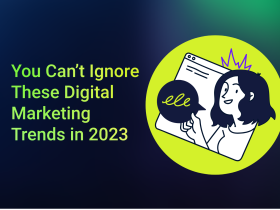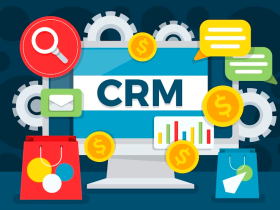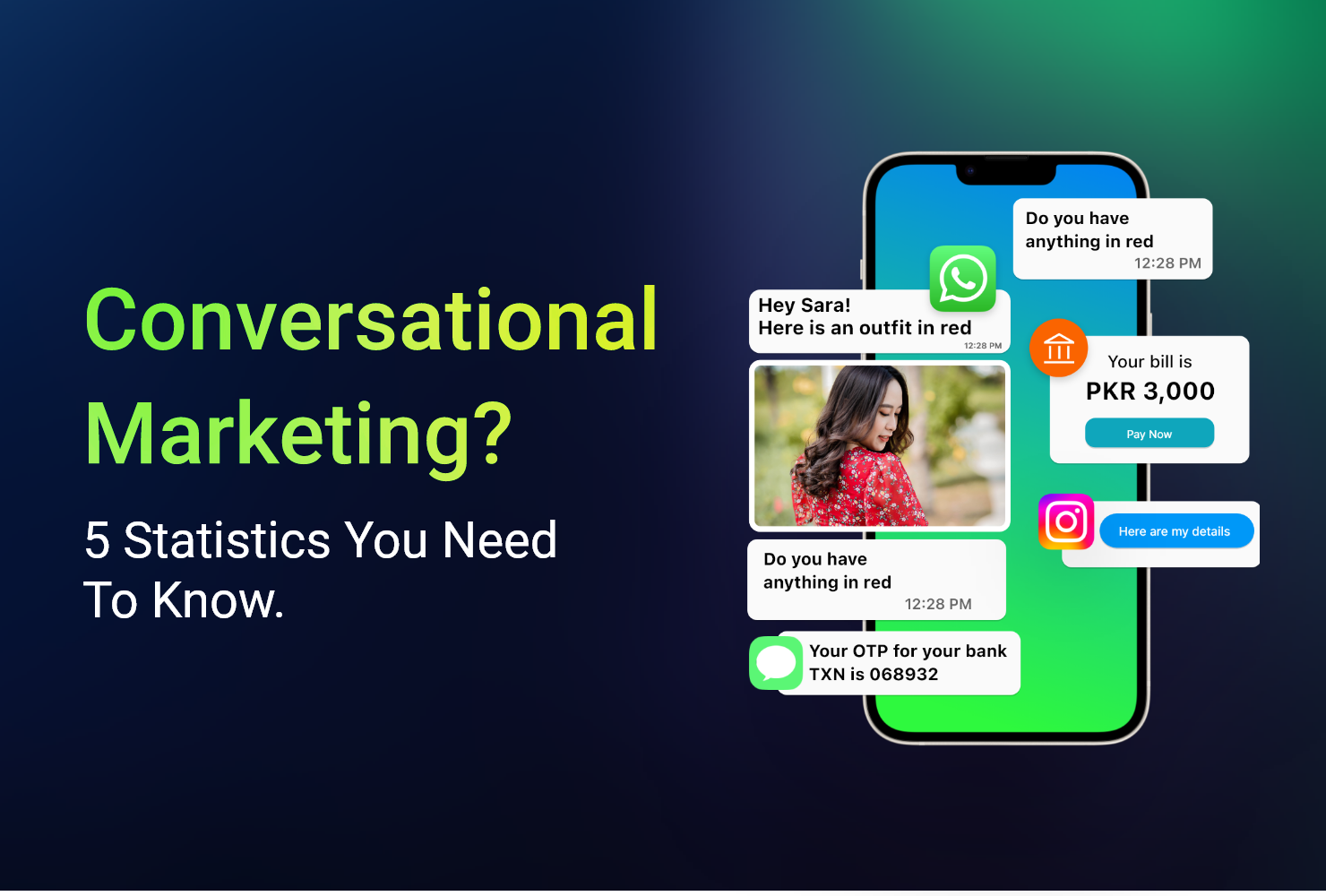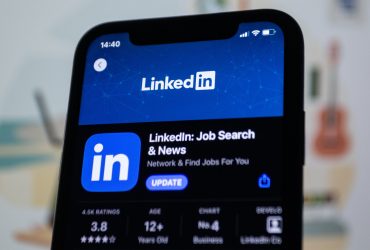What is Conversational Marketing?
Conversational marketing, a term first coined by an American company, denotes the one-on-one approach a business takes to amplify its sale-purchase cycle, gets to know its consumers, and creates a more user-friendly buying experience.
Focusing on the highlighted words, one can easily think that conversational marketing is more human-centric, focuses on conversations in real-time, and emphasizes real exposure.
Conversational marketing relies on modern-day digital tools like messaging applications, social media platforms, and so on.
Because conversational marketing utilizes a relatively different approach than traditional marketing methods, it is considered something that is in development, which it is.
Here, Chatbots act as the core component that makes the ‘magic’ happen, and the power to respond in real-time is what makes chatbots unique and fairly interaction-ready.
The development of such a marketing strategy stems from the need to solve queries quickly and answer customers accordingly.
Examples Of Conversational Marketing
You can read the definition to find out about something, but to know it, you need examples. So let’s find out what conversational marketing does in real life.
Conversational marketing has been instrumental in bringing reality to brands, specifically for consumers who wanted a one-on-one buying experience.
Sephora’s Brilliance
Take the example of Sephora’s Virtual Artist, which was a brilliant way of allowing consumers to try on makeup through the messenger bot. Augmented Reality has been gaining acceptance over time, and Sephora used it to help consumers see what they were buying.
Take the example of Sephora’s Virtual Artist, which was a brilliant way of allowing consumers to try on makeup through the messenger bot. Augmented Reality has been gaining acceptance over time, and Sephora, with the help of a development company, used it to help consumers see what they were buying.
People were able to find and share their new looks instantly through screenshots, stories, and pictures. The whole try it before you buy it the experience was shifted online with this one step, which was possible only because of conversational marketing.
Adding to the user’s convenience, conversational marketing allows the user to make a buying decision in the same window. No matter where the prospect lands, once the user has decided what to try and buy, they can do it from the same window.
This perspective-driven implementation of the Chatbot helped Sephora secure an 11% more conversion rate than the brand used to do, previously.
Conversational Marketing Statistics That You Should Know
1- Consumers now expect quick replies
Gone are the days when people used to wait hours and days before a brand could reach them. Instead, consumers now want quick and prompt replies to their queries so that they can make decisions as soon as possible.
It was found that the number of users who want quick answers has been increasing since 2019 and that consumers now want brands to be more responsive.
Whether through other live chat tools or with Chatbots, users expect that they will not have to wait. This entails the importance of having Chatbot integration which enables the brands to not only reply quickly but also create a user-friendly experience.
2- Poor user experiences on live chat could leave bad impressions
Where, on one hand, consumers might love the idea of live chat and quick replies, there, mismanagement and improper replies could also compel them to form everlasting bad impressions.
No matter which platform you use for Chatbot integration, Facebook, WhatsApp API, or other tools, you need to be super precise and relevant in what your brand is offering.
About 40% of consumers felt frustrated after having an experience with Chatbots, and though this might not be a large percentage, but it also isn’t a negligible one.
You really don’t want an angry consumer banging their head against a chatbot that won’t just grab the essence of what the consumer is asking for.
No reply upon multiple attempts of contact, slow and sluggish or irrelevant replies, or repeated disconnection can lead to bad experiences.
3- About 51% of companies reported quick response times
One of the biggest benefits of conversational marketing is that it allows the brands to be present all the time, every day. This means a more comprehensive and dedicated space for customer queries.
About 51% of companies reported better response times, and more than 36% of these companies were able to reply in a more humane and compassionate way than they would have previously.
4- Conversational marketing saves time
The most important factor that makes conversational marketing indispensable to a successful marketing strategy is that it is time-saving.
Brands using AI chatbots or WhatsApp API chatbots for business reported faster response times which helps them cut the time required to solve a query by half. This also takes the load off your human agents when they have their hands full.
Automated messages are a great way to greet consumers, point them in the right direction, and even initiate and close sales.
5- Good chat support creates repeat consumers
Conversational marketing inspires customers to come back for the same brand a second time because of the convenience it helps to associate with the business.
About 80% of businesses, when asked, reported an increase in sales and improved customer loyalty due to their use of Chatbots.
Consumers also find it more convenient to buy from a brand that offers live chat support rather than a business that does not use chatbots.
A great number of consumers, roughly 50%, reported that live chat support is a factor that helps them make a decision when choosing a business.
How can Convex help you?
Convex can help you enjoy the same convenience and improved sales that its associated brands and partners are enjoying with the help of Convex WhatsApp Business Solutions.
To know more about the process and if you have any queries, drop a comment below or contact us right away. We’d be more than happy to help you out.











Leave a Reply